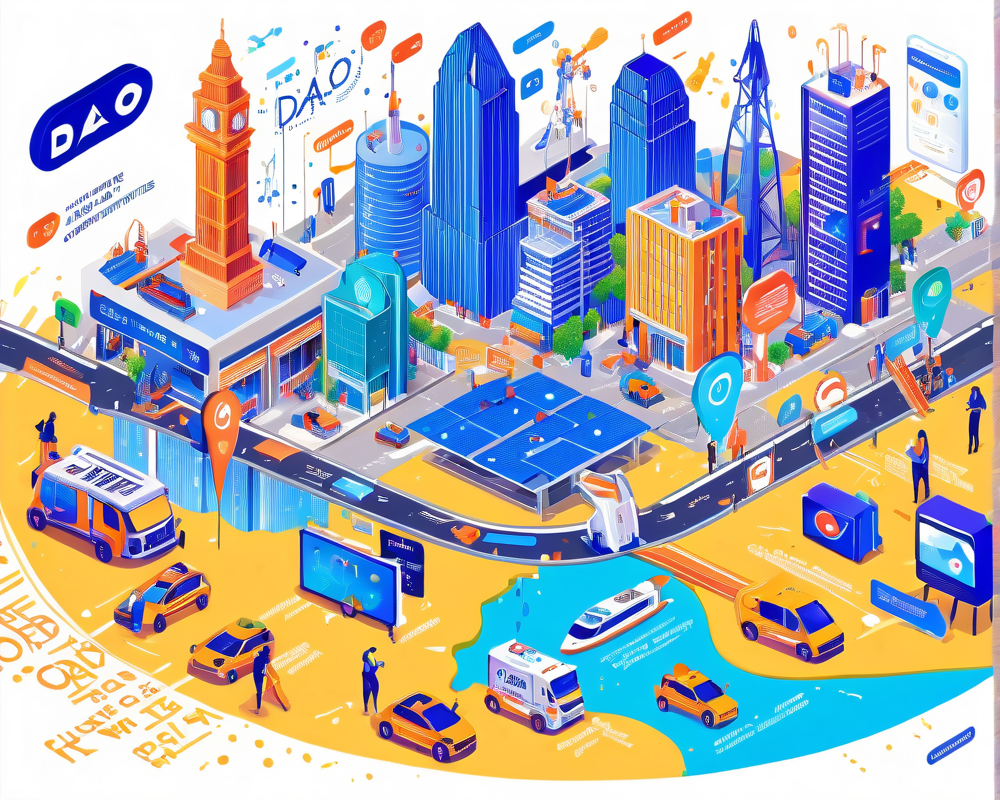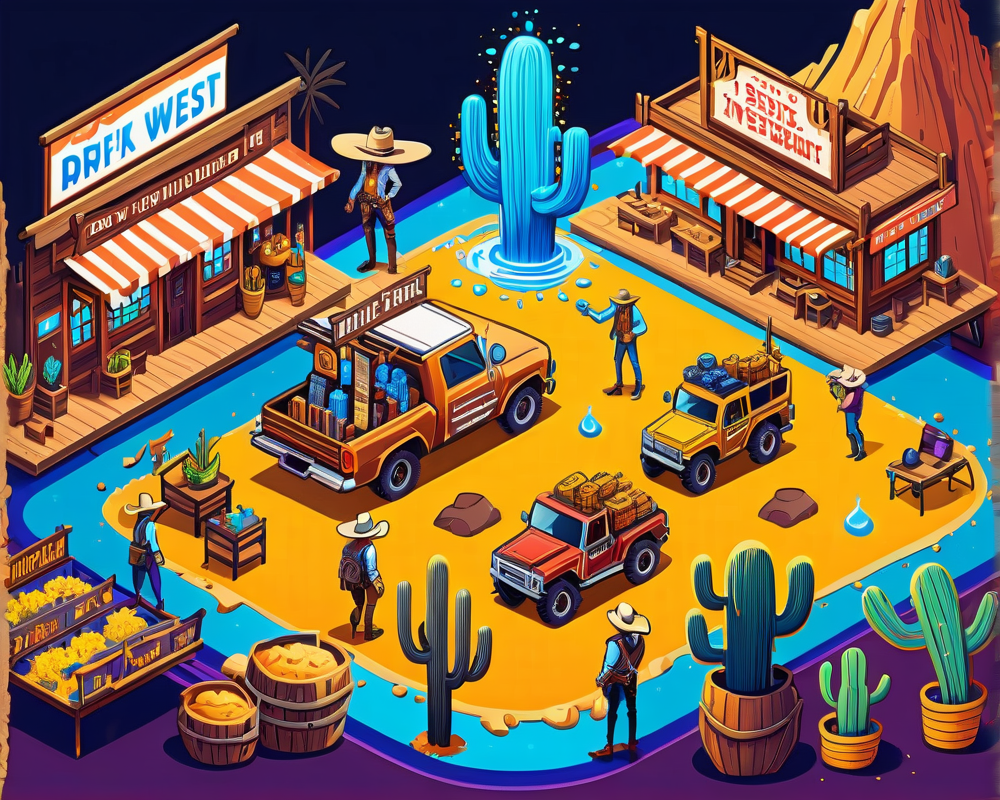Understanding the DAO Landscape
Decentralized Autonomous Organizations (DAOs) are shaking up the very foundations of corporate governance. In Australia, lawmakers are considering regulations that could redefine how these entities operate. But before we cue the bureaucratic symphony, let’s explore the fundamental risks and potential benefits.
The Balancing Act of Regulation
While it seems like regulation is often a chokehold on innovation, there is a silver lining to governmental oversight. The intention behind regulation is to establish standards that protect consumers and investors. But we must tread lightly! Too much red tape can suffocate the very innovation we’re trying to nurture.
Two Types of Events in Blockchain
When discussing DAOs, it’s crucial to distinguish between two categories of events:
- Internal Events: Transactions within the blockchain that can be fully automated, like token transfers.
- External Events: Situations where reality intersects with digital frameworks and necessitate legal documentation—like the aforementioned flock of sheep.
When Code Meets Legal Text
Imagine this: a businessman involves sheep in his project. Now, while the blockchain can automate many aspects of DAO operations, the legal obligations regarding sheep (sadly not a digital asset) must be clearly defined in human language. There’s no token for that!
Digital vs Non-Digital Rights
When we delve into DAO governance, we note that rights associated with digital tokens can be automated. However, anything related to tangible entities must loop back to a responsible individual or legal entity, ensuring accountability:
- Digital rights: Governed by smart contracts.
- Non-digital rights: Must be formalized in legal documents.
Designing a Resilient Blockchain System
Here’s a common misconception: once something’s in a blockchain, it’s there forever, immutable like an awkward school photo. But while it’s true that you can’t alter past transactions, you can always add new records to reflect changes. This ensures the system remains current, even when legal conditions fluctuate.
A Need for the Emergency Brake
And let’s not forget the ‘emergency brake’ concept—necessary for when things don’t go as planned. Security mechanisms within blockchain design allow for adaptations while maintaining the structural integrity of the system.
The Road Ahead: Rethinking Governance
The future beckons for a new approach to governance, especially as DAOs continue to evolve. Governments must question old bureaucratic practices, such as public registries and licensing, to pave the way for a more fluid integration of technology and law: a paradigm shift somewhere between ‘Code is Law’ and ‘Let’s Not Make This More Complicated than It Needs to Be.’
Conclusion: Where Do We Go From Here?
To truly unleash the potential of DAOs, it’s essential for lawmakers to find equilibrium between necessary regulations and encouraging innovation. A flourishing digital economy cannot thrive on good intentions alone; it requires foresight, flexibility, and a little less red tape.



